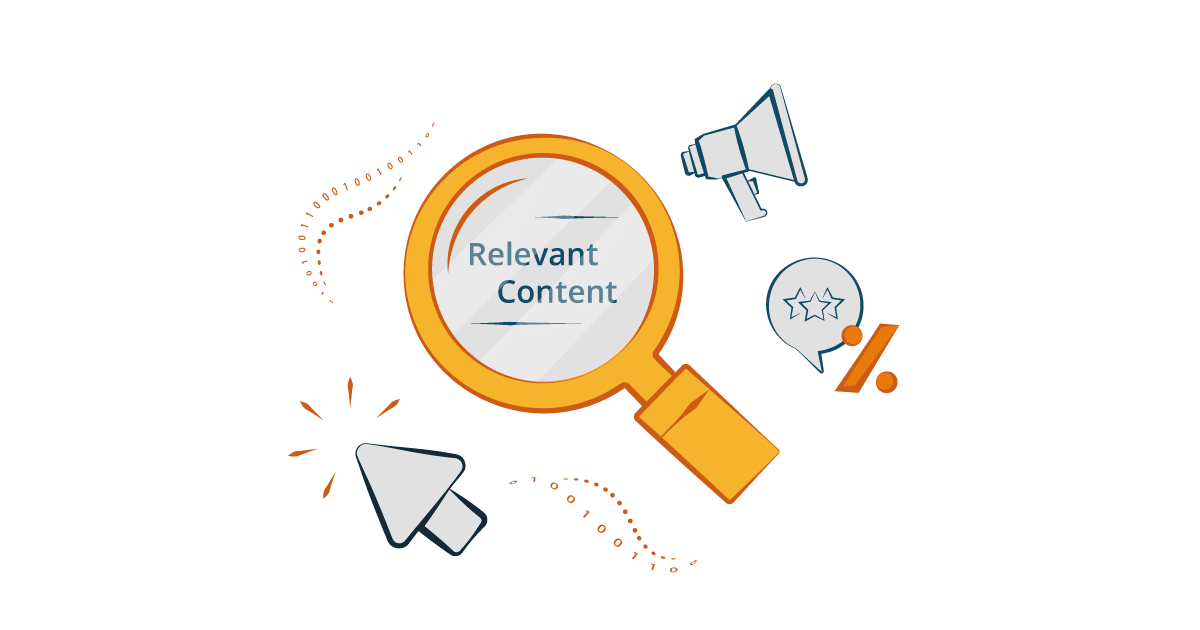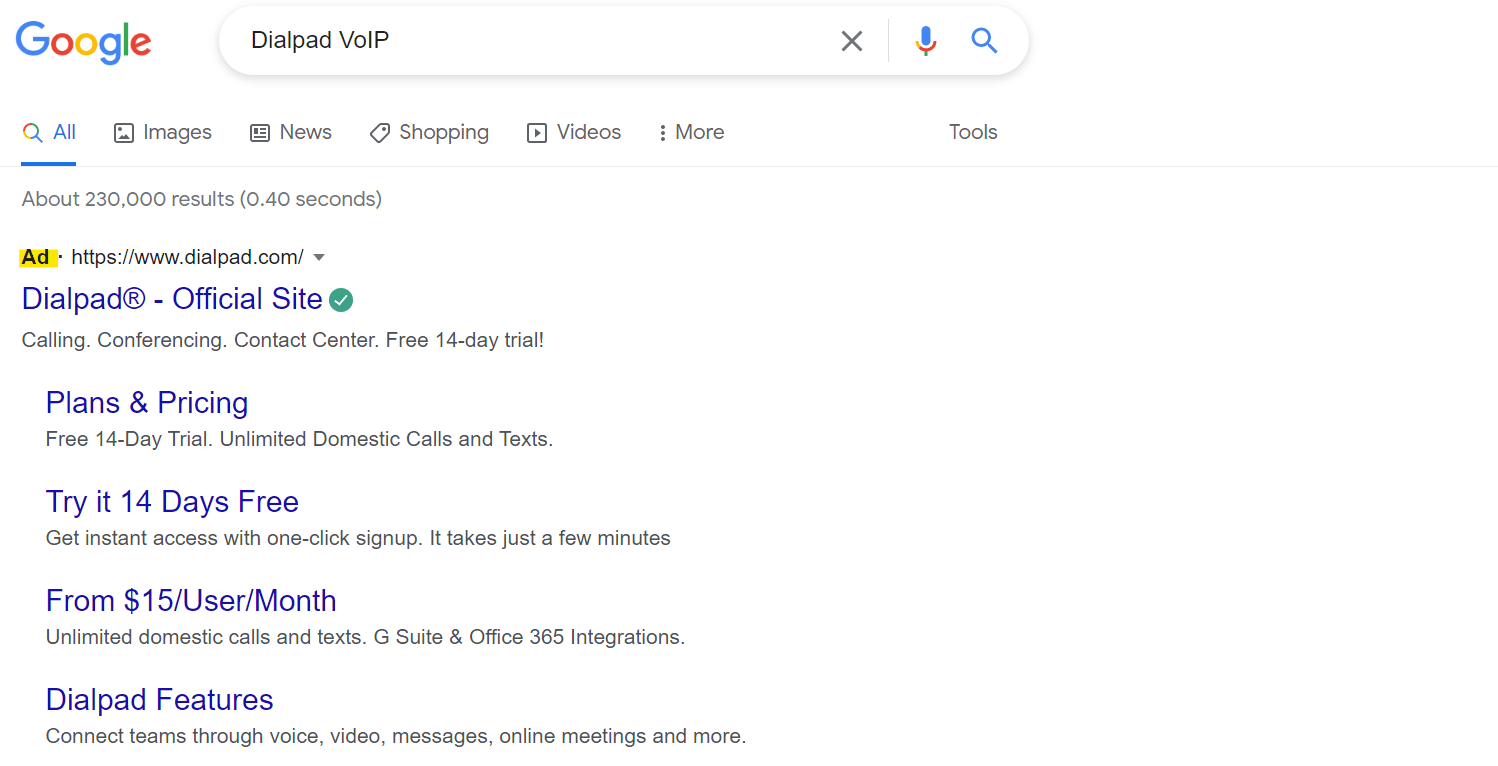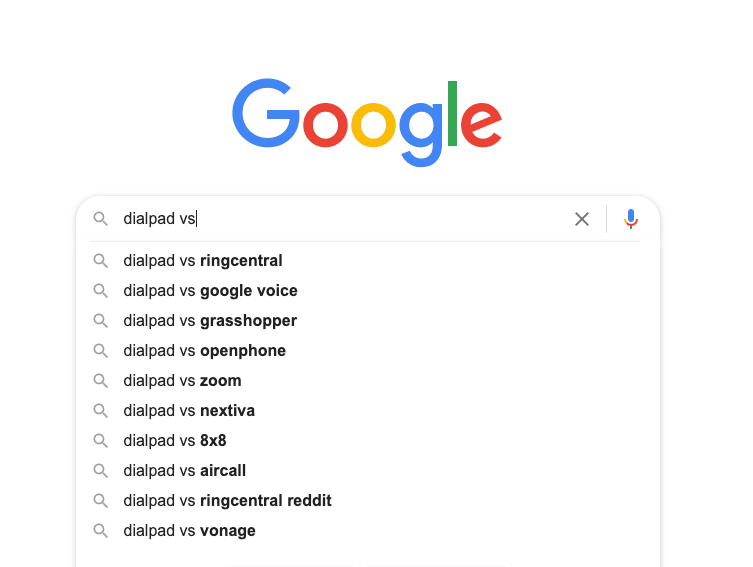Buyer intent keywords 101: What they are, how to identify them, and why they matter for paid search
Building an Intent-based marketing strategy can set you ahead of competitors — and knowing the difference between the varying kinds of keywords can make all the difference. When you know what your customers are searching for, you can begin to target them using specially curated content for paid search.
This article will give you an overview of buyer intent keywords, how to identify them, and why they matter for paid search.
What are buyer intent keywords?
Buyer intent keywords are generally grouped into either high or low intent keywords, then subcategorized by the type of queries and ad group categories.
High intent keywords
These keywords are often specific and to the point, which can be promising for businesses looking to convert searches into sales.
Branded keywords are prime examples of high-intent keywords. These are terms that customers search that include the name of a specific brand or branded product. They can provide the highest ROAS (return on ad spend) as customers searching with a branded keyword are seriously considering making a purchase.
Low intent keywords
Low intent keywords can include words such as ‘how,’ ‘what,’ and ‘why.’ They may include searches indirectly related to parallel solutions or use cases to your product. These typically have lower buyer Intent as it is more of a general search rather than a targeted product or service.
Four types of buyer intent keywords
You likely have heard the phrase “not all leads are created equal.” Well, not all of their search queries are equal either. Here are the four different types of buyer intent keyword queries:
1. Informational
Informal searches typically start with a question, such as ‘Can I…’, ‘How do you…’. They are usually from customers looking for a solution to a problem. These keywords are often used earlier in the buying cycle funnel as customers are in the research stages of their purchase.
People looking for a specific page or website may use navigational keywords. For example, consumers who search ‘Amazon hairdryer’ may know it will take them to a landing page on that website with those products.
3. Commercial
Commercial keywords are used by customers who want to do more research on a brand or a product. Customers will look up the reviews when they know what they want to purchase. For example, they may search for something like “Dialpad reviews” or “types of VoIP”.
4. Transactional
Transactional keywords are when a customer wants to make an immediate purchase. So they may type something like ‘buy now’ at the end of their search term.
Understanding these search queries and the difference between high intent and low intent keyword categories will help you create the right content and paid marketing campaigns for your audience.
What is paid search?
Paid search is one of the most popular strategies to try and generate website traffic, much like affiliate marketing paid traffic. Companies can pay for ad space in a search engine to get their products or services seen. You have likely seen this when you search a term using Google or Bing. An example of this can be seen in the screenshot below.
There are three fundamental ad group categories to be aware of when using paid search as part of your marketing strategy.
- Branded: Ads in this category focus on high-intent keywords that specifically include the names of your brand or products/services.
- Non-branded: Ads of this type don’t name your brand or products and tend to focus more on low-intent keywords. They may include parallel solutions, use cases, or more general categories that your product or solution might be related to.
- Competitor: These ads can include low and high-intent keywords and aim to compare your brand favorably against your competitors.
For example, a non-branded high intent keyword is identified when a prospect searching for an ‘enterprise communication system’. This is a search related to a specific product or solution that will generate targeted results. If the customer’s intent is to research your product further, there may be an intent to purchase when visiting your website.
How to identify, set up, and optimize a paid search campaign buyer intent keywords
1. Make a list of common and comparison keywords
Keyword research is a big part of identifying buyer intent keywords. Make a list of keywords you think your customers may be searching to reach the product or service you provide. Think of their challenges and pain points. Include keywords for competitors too.
2. Leverage different tools for keyword research
There are many keyword research tools out there, with one of the most popular being Google Keyword Planner. This shows you keywords, how they rank, and how many searches they typically get. For example, ‘crowdtesting apps’ might have low competition but receive many searches, which means it would be a good keyword to target.
If you’re just dipping your toe into buyer intent keywords, you can check the most common searches against your brand name using an easy and completely free method. Type your “[brand name] vs” into a search engine and let it show you the recommended searches. You can see this example in the screenshot below that shows you what buyers are comparing you to.
3. Maximize the use of keyword Intent filter
Remember that there are four different types of buyer intent keywords, not to mention that some are high intent and some are low intent. Consider which keywords can offer you the highest chances of capturing your audience.
If a user searches ‘virtual business phone numbers’ and your ad is at the top of the list, they’re more likely to click it.
4. Run A/B tests on your keywords
You may not always get it right the first time. Create a variety of paid ads and see which ones perform best over a certain period of time. Remember the 80/20 rule here – 80% of your success will come from 20% of your campaigns. Isolate the top performers and figure out how you can then adjust your budget and scale the winning campaigns. Overall, Intent data encourages sales and marketing leaders to be smarter with their budget by doing more, with fewer people, in less time.
How buyer intent keywords on paid search help you build a sustainable marketing strategy
Buyer intent keyword research is a vital part of assessing which keywords your customers are searching for. Once you understand where the buyer is in their journey, you gain a better understanding of how to get them to the finish line. Without this, it’s difficult to know what your customers are researching and whether their existing searches lead them to your pages.
For example, suppose they are at the beginning stages of their journey searching for a product but not a specific company. Your buyer intent research will help you identify TOFU content to provide them with to help educate how your product can solve a problem.
You will save money in the long run by using effective, targeted advertising instead of casting a wide net. Global spending on digital and alternative media is projected to show an 8% increase on last year’s spend as marketers scramble to build up their online presence. Well-informed paid campaigns simply produce effective results for less.
Keeping your prospect’s perspective at the heart of every tactic is key to making a marketing campaign truly successful. Think about what they want to see, where they see it, and what they expect to see next. Paid search and buyer intent keywords work together to capture your ideal target audience, bring them to your website, and set up better conversations with your sales team. It’s sustainable and cost-effective for business growth.




